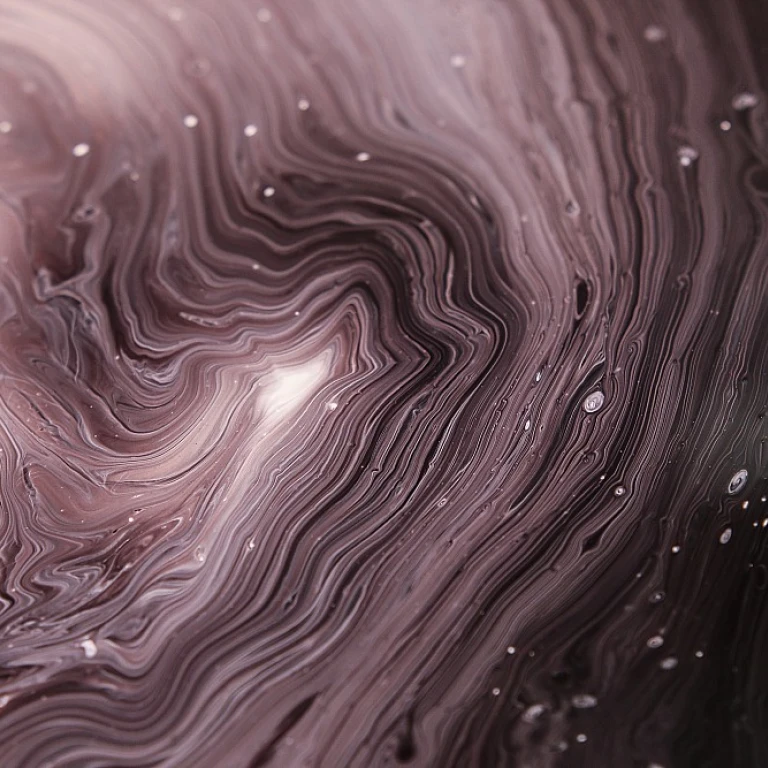-teaser.webp)
Unraveling the Cubist Conundrum: The Allure of Luxury Cubist Art
Cubism remains one of the most fascinating modern art movements, particularly in the realm of luxury art. Yet understanding this enigmatic style is akin to assembling the pieces of a complex jigsaw, one that - when solved - reveals a profound beauty appreciated by luxury art owners. Today, we'll demystify the cubist conundrum, offering a fresh perspective into its sweeping charm and enduring allure, all with a dollop of humor. Buckle up, Picasso buffs!
The Birth and Boom of Cubism
Cubism started around 1907, spearheaded by Pablo Picasso and Georges Braque. It was, you could say, the art world's answer to cubed cheese - deconstructing reality and reassembling it in an abstract, geometrical style. Fun fact: did you know the term 'cubism' originated from an insult by a critic? Well, jokes on him, this once 'absurd' style now dominates the luxury art scene.
The Charm of the Cube: What Makes Cubism So Inviting?
At first glance, a cubist piece might just seem like a chaotic clutter of geometric shapes. However, to luxury art owners, it's a treasure of intersecting planes and fragmented forms recounting multiple perspectives of the same object. And of course, there’s the thrill of owning a piece that can turn any dinner discussion into an intellectual art debate. 'Your Van Gogh is lovely, but have you considered a Braque?'
Notable Cubist Artworks in Luxury Art
Pablo Picasso's 'Les Demoiselles d'Avignon' and Georges Braque's 'Viaduct at L'Estaque,' are two of the most renowned cubist paintings. However, even lesser-known cubist pieces from artists like Albert Gleizes and Fernand Leger, command astounding prices at auctions, making them a lucrative investment prospect for luxury artwork owners.
Investing in Cubist Art
Now, the fun part. Luxury artwork owners need expert guidance to identify valuable cubist pieces. You wouldn't want to go in blind and end up with a dud that a fifth-grader could've drawn, would you? Utilizing expert art advice and being privy to the unique techniques of each cubist artist can help unearth the true gems in the market.
A Personal Peek into Cubism
A splendid way to deepen your cubist experience is by enrolling in art appreciation courses or art history classes. Nothing screams 'art enthusiast' like a deep, scholarly discussion about deconstructed reality, right?




